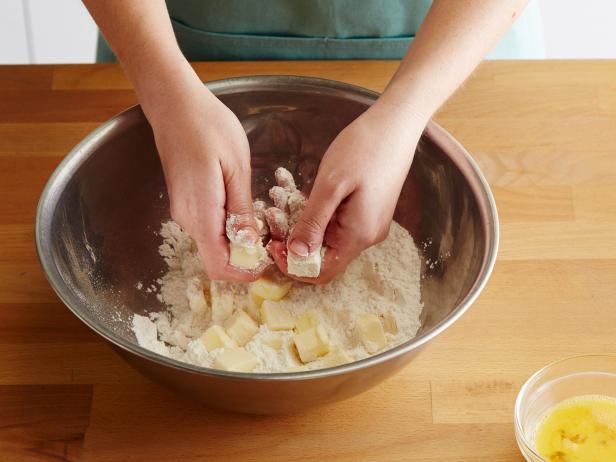
Fish like all animals need food to live, grow and flourish. Secure your koi the best food you need to know more about what you feed them. Feed your Koi lettuce and grate carrots they float and Koi loves grated carrots and it is really good for them. Feed you Koi fruit.
Fruit is a good thing to feed your Koi because it provides a fresh source of vitamins and minerals. Vitamins and minerals in manufactured Koi food tend to break down after a couple of months. Feeding your Koi fresh fruit is a great guarantee that they are getting all of their nutrients.
It is also entertaining to watch your Koi swarm around the fruit and try to eat it. Be sure to wash the fruit with vegetable cleaner and scrub rind with stiff brush before you put it into a pond, there could be pesticides or chemicals on the skin. Here are the three best fruits to feed your Koi: Do not feed Koi Grapes unless you want to remove the grape skin; the skin can not be digested by Koi this is how make fish food.
Do not ever feed your Koi any corn based fish food. Koi fish food should have base of soy, wheatgerm etc. no corn. Oranges are a great source of Vitamin C. Oranges can be halved or quartered, and then put directly into the pond. Koi will swim behind the orange as a group so that they can each get a nibble of the pulp. Koi will eat everything except for the skin, this must later be removed from the pond.
Lemons are also a good source of Vitamin C. They can be halved or quartered, and then put directly into the pond. Koi will eat everything except for the skin, this must later be removed from the pond. Watermelon is a good fruit to feed Koi too. It should be cut into 2 - 3 inch pieces so that it can easily be eaten.
Try to remove all, seeds, for Koi they can not not digest the seeds and seeds are very hard to remove from your pond. Koi are omnivorous and they have grinding teeth at the back of their mouths. They are not piscivorous in that they do not eat other fish but they will eat small crustaceans, worms, larvae and the like that they like to dig up in the mud in their natural environment. They are natural bottom feeders although in Koi ponds they learn to surface feed very quickly.
If possible, you should try to stick to feed nearly as possible what the Koi fish usually eat in the wild. Koi fish are voracious eaters. Koi are omnivorous and will consume almost anything that is available. Therefore, it is important to follow what they eat, in order to stay healthy.
You can choose between feeding live insects or commercially available Koi fish food, or you can give them the combination. In addition to their regular food, you can supplement your diet is occasionally as fresh foods and nutritional supplements. As such their diet is highly varied in the wild, allowing them access to a wide range of habitats and contributing to the successful propagation of the species into just about every water course in the world.
It has in fact also contributed to the black listing of the species in many nations in the world, ours included. In South Africa, cyprinus carpio has been listed as an invasive species, with Koi requiring specialist regulation overseen by an industry body in order for it to be sold.
Tags:
How Make Food
